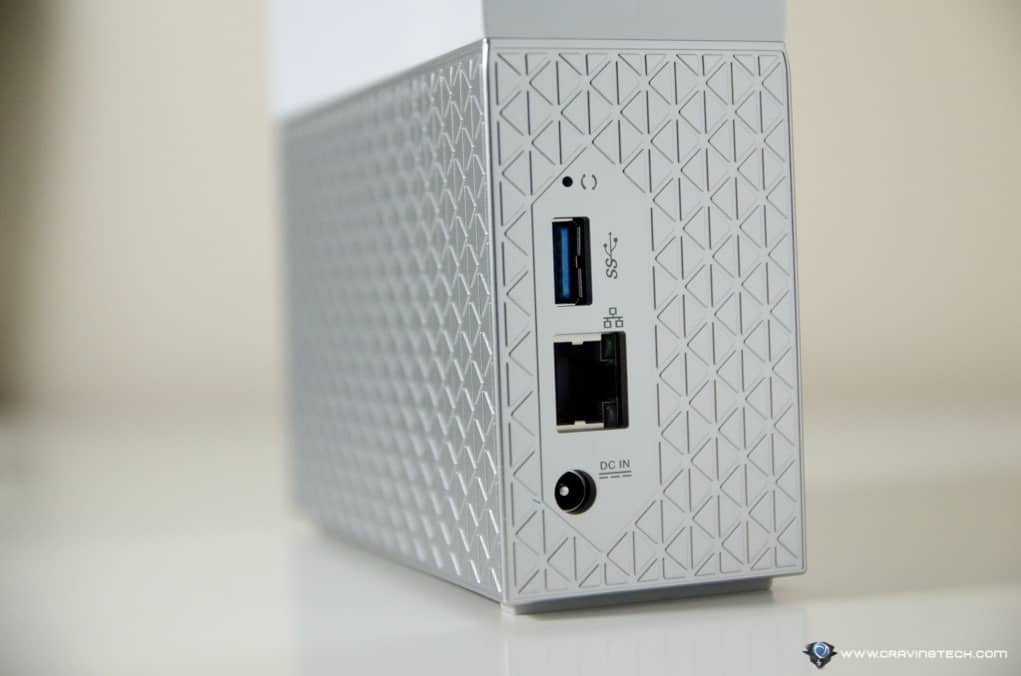

Losing your data is more common that you might think. A backup is a separate, second copy of your important files and data-your family photos, home videos, documents and emails, for instance-so if something happens to your computer or phone your information is completely safe and accessible. This day is, however, a good excuse to talk about the importance of backups (as if I need a reason).įor those of you who have never backed up your data, we realize there’s a good chance you might not even know what a backup is. A day where some of you will be doing what you’ve been doing all along, and some of you will start doing what you should have been doing all along: Backing up all your important data! Now, I’m not saying you should only backup your data one day a year, in fact, every day should be world backup day.
#Personal backup storage how to#
My AWS bill for ~150GB of backups is around 1.80$ USD per month.How To + Recommended Data Backup Plan: How to Implement the 3-2-1 Backup Strategy So, running backups each month, I have the option of a few restorable backups at any one time to guard against the eventuality of one being corrupt, for minimal costs. And another that expires them after four months. The items get put into the Infrequent Access storage tier and then there is a policy that automatically moves them to glacier after a month. Because I have local backups and view this as a "last resort" backup I will only really need to use if my house burns down, this is acceptable.
#Personal backup storage archive#
Uploading one large zip instead of multiple small files saves a on those billable requests you worry about, with the downside that you must download the whole archive if you need to access the data.

It's just a small python script that zips the folders I chose to backup and uploads them to S3. Important but large-ish files (mostly photos from my digital camera and smartphone) are periodically replicated to an AWS bucket.
#Personal backup storage free#
Syncthing is nice though, and I would use it again if I needed to sync more than fits into google's free tier. I used Syncthing for a long time for this and recently realized that with the volume of frequently accessed files I wanted synced across devices, I could fit into the 15GB free tier. Important but small-ish files are on an SSD and synced to Google drive. If you only have a macbook, you can still at least get an external hard drive for this purpose. As you have recognized, SSD storage is expensive, so it is more economical to offload that to cheaper (and slower) disks. Local file storage is on a raid of HDD's for things like movies, pictures, music and backups.

Talking orders of magnitude (10-20x) difference in cost.

Google/icloud cost: $10 x 12 x 10 = $1200ĪWS deep glacier storage ($0.00099 per GB x 500gb x 12 x 10) = $60 (not including any egress) Maybe doesn't sound like that much, but just to look at a 10yr comparison, assuming storage reaches 500gb or so (that annoying area between 200gb and 10gb): No tie in to ecosystem though, and same pricing issue above 200gb. Google Drive - could be a good candidate (same could be said for onedrive maybe). ICloud - Like the idea of this since I'm on macbook/iPhone, but hate they they don't have good api's for integrating with other apps and recovery. (Tempted to just copy everything to a USB drive and leave at parents for 'free'). For the moment I think it does make sense, but my gripe with iCloud/Gdrive is that as soon as you exceed 200gb the pricing isn't linear and it jumps to $10/month which is kind of a lot for me to use for a simple backup.


 0 kommentar(er)
0 kommentar(er)
